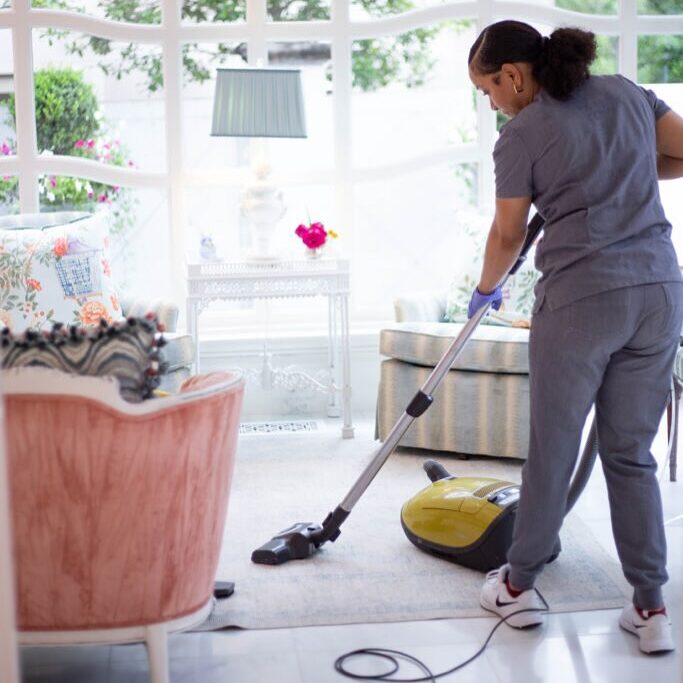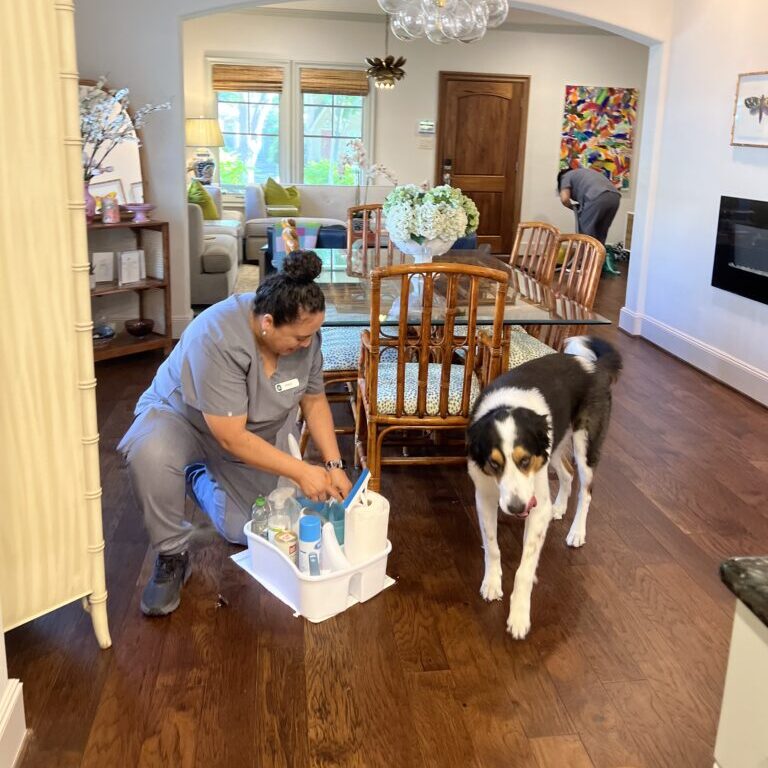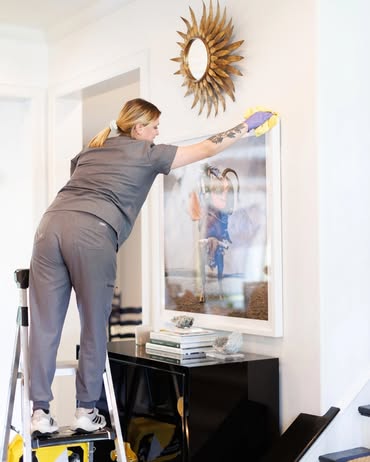Ever arrive at work with a headache that starts to develop before the day has even begun? By midday, you may have a scratchy throat, itchy eyes, or unusually high levels of fatigue. A messy, stifling office might make you feel exhausted before you even turn on your laptop.
This is the point at which sick building syndrome occurs. It details the ways in which specific office settings can lead to weariness, discomfort, and even sickness. Given that the majority of us spend just as much time at work as at home, this is a significant workplace health problem that goes unnoticed.
Let’s unpack the hidden costs of a dirty workplace, how poor office hygiene impacts both people and businesses, and why switching to eco-office-cleaning is one of the smartest ways to protect your “second home.”
What Is Sick Building Syndrome?
Sick building syndrome is when your office makes you feel unwell, even though you’re not actually sick.
Typical symptoms:
- Headaches
- Dizziness
- Irritated eyes or throat
- Constant fatigue
Main causes:
- Poor air circulation
- Mold and dust
- Harsh cleaning chemicals
- Stale indoor air
Unlike allergies or the flu, these symptoms fade once you leave the building. That’s the clue; it’s the office, not you. Strong office hygiene and eco office cleaning keep your second home safe and support better workplace health.
The Hidden Costs of a Dirty Workplace
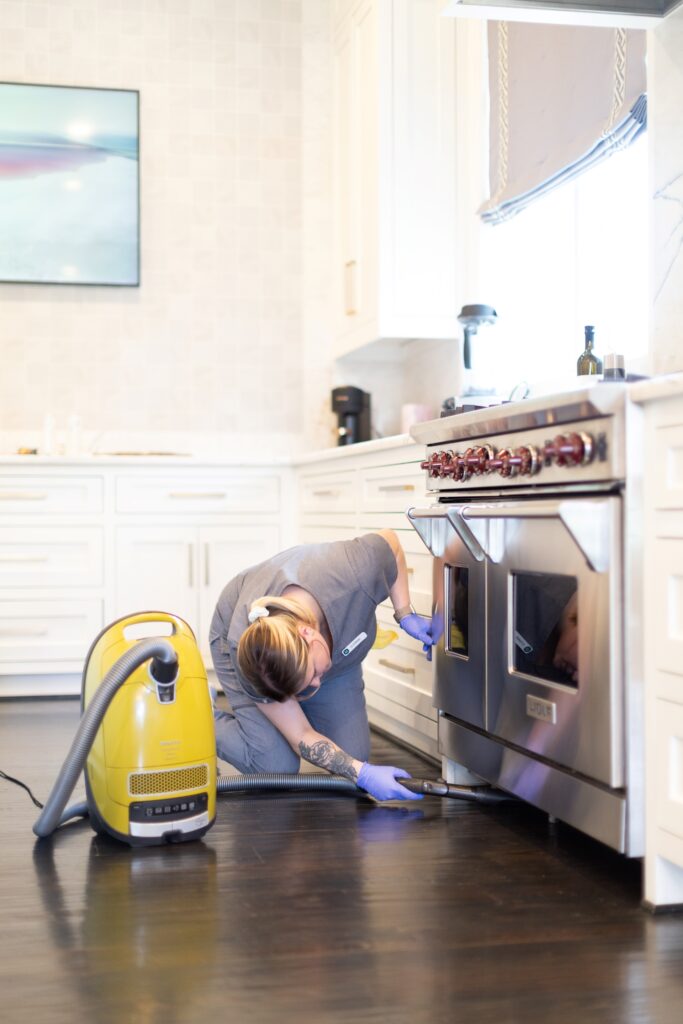
Cleaning fees are not the only expense of a disorganized office. It saps vitality and concentration. Employees who suffer from sick building syndrome take more sick days or find it difficult to stay productive.
Thereby, turnover also increases. When an atmosphere feels unhealthy, people will leave. It is significantly more expensive to replace talent than it is to keep the office clean.
The cost of healthcare is also rising. More medical visits result from poor air quality and ongoing exhaustion, which affects both employees and employers’ insurance.
Remember your reputation as well. Customers can tell whether an office is messy or smells musty. Quality, not neglect, should be reflected in the workplace.
Common Culprits Behind Workplace Illness
Even with a clean appearance, workplaces might nonetheless cause illnesses. Hidden issue sites are often the source of sick building syndrome.
- Stale air is trapped by inadequate ventilation and shoddy HVAC systems.
- Wet corners are breeding grounds for mold and mildew.
- Allergens and dust gather in furniture and carpets.
- Rather than purifying the air, harsh chemical cleaners pollute it.
- Bacteria are found on shared surfaces, such as desks, doorknobs, and break rooms.
These problems subtly undermine occupational health. The cycle is broken before it spreads by expert cleaners who use safer solutions and maintain good office hygiene practices.
Why Eco Office Cleaning Matters
Making the move to eco-friendly workplace cleaning is one of the simplest methods to reduce the danger of sick building syndrome. Conventional products have the potential to release harmful chemicals into the air. Making eco-friendly decisions keeps workplaces cleaner and safer.
The advantages are obvious:
- Better for respiratory health
- Reduced exposure to chemicals and the environment
Even minor adjustments are beneficial. Without spraying, microfiber cloths capture dust. The air is cleaned using HEPA filters. Cleaners made from plants simultaneously protect persons and surfaces.
Our skilled cleaners at Vella already utilize eco-friendly solutions for everyday hygiene and dependable materials like Bon Ami. It’s a component of maintaining the health of your second property without sacrificing quality.
Practical Steps to Create a Healthier Office
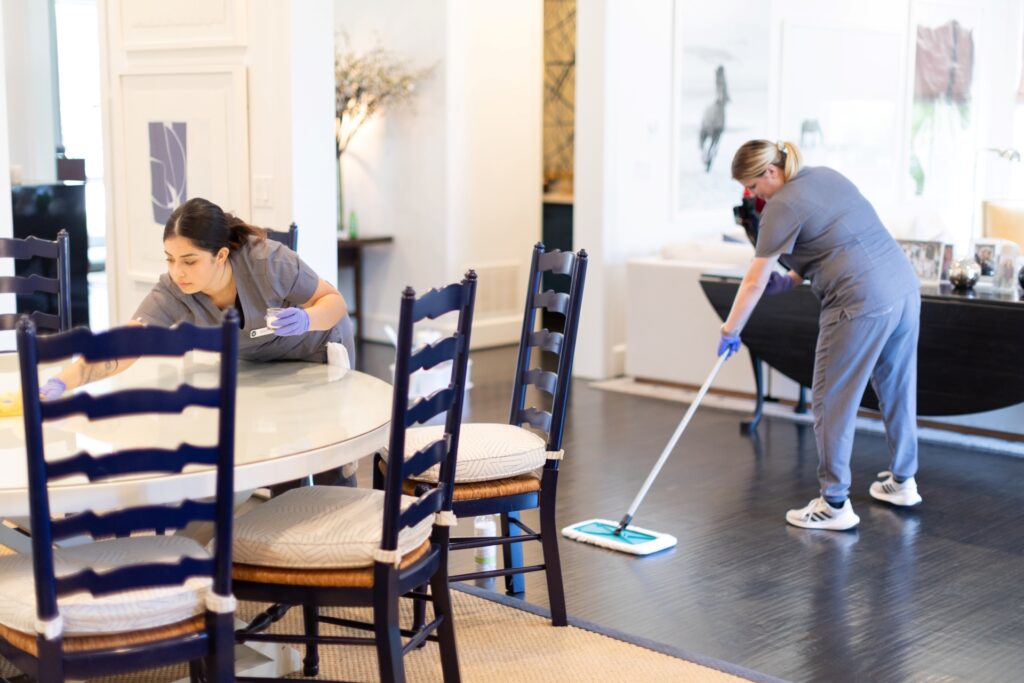
The air comes first. Improved airflow and ventilation lessen the likelihood that sick building syndrome will develop. Schedule routine deep cleanings with a pro. Expert housekeepers prevent the accumulation of allergies, mold, and dust.
Also, encourage staff members to maintain the cleanliness of their communal areas and desks. Stronger office hygiene is the result of small behaviors. Use eco-friendly cleaning chemicals instead of harsh ones. Every day, little eco-friendly decisions promote workplace health.
Bring indoor plants in. They create a more homey atmosphere in the office and naturally filter the air.
The Bigger Picture: Healthy Homes and Beyond
The same eco-friendly guidelines apply at home, even though Vella does not provide workplace cleaning services. Strong routines, safe products, and clean air are important in any area where people spend time.
As vital as a good workplace is a healthy home. For this reason, Vella emphasizes eco-friendly office cleaning techniques that are tailored for everyday use, such as non-toxic materials, meticulous maintenance, and a dedication to improving workplace wellness that benefits families.
Don’t Let Your Space Make You Sick
Ignoring sick building syndrome can result in more than simply a few unpleasant workdays. Greater dangers result from it, including decreased production, increased expenses, and deteriorating occupational health.
The solution is simple. The surfaces you touch, the air you breathe, and the people you care about are all protected by eco-friendly cleaning. It goes beyond neatness. It’s about peace of mind and long-term savings.
Safe surfaces and clean air are investments in your health, whether you’re at work or at home.
Ready for a cleaner, healthier home? Book a service today at Vella.
